Setting up the Moffat era in 20 moves
“Die Doctor, Die!”
WHEN STEVEN MOFFAT TOOK ON WRITING A 20-MINUTE SKIT FOR CHARITY IN THE LATE ‘90S, HE PROBABLY HAD ONE THOUGHT ON HIS MIND: THIS IS THE ONLY SHOT I’LL EVER GET AT WRITING DOCTOR WHO. Who cared if it was a short, standalone, or defiantly comedic..? It was Doctor Who! A decade before he was given this chance, the show had limped to an ignobly-funded, under-watched end on BBC One. The only glimmer since then had been the TV movie, which failed to spark on American network Fox.
It wasn’t coming back anytime soon, right?
Of course, Who returned in a bold new way six years to the month after The Curse of Fatal Death’s broadcast. It was triumphant, and Moffat was among its writers, finally penning not just a ‘real’ story, but a two-parter. Twenty years on from his first attempt, Moffat stands as the most prolific writer of on-screen Doctor Who, having contributed to 12 years of the rebooted show and steering seven. He’s arguably been the greatest shaping force of new Doctor Who, delivering new villains, monsters, ideas, humour and… Head scratching.
Perhaps it’s not surprising that a microcosm of those 12 years years of Moffat taking the TARDIS places it’s never been before can be found in the third of an hour aired on a Friday night in March 1999 for the BBC’s Comic Relief fundraiser.
“936 years in a sewer”
If you wrote a concise summary of Doctor Who under Moffat’s guidance, you’d struggle to beat The Curse of Fatal Death, the last action Doctor Who of the twentieth century. Seizing that unmissable chance, Moffat packed in not just great and knowing jokes but winks at everything he loved about the show. He’d achieve something similar, albeit more serious, in 2010 with the Eleventh Doctor’s debut The Eleventh Hour, the regeneration story that had been running around his mind for decades. But his knowingly named Fatal Death was his punchy jab at respecting the past and predicting the future, telling us far more about what Moffat would do with the series proper than would have ever seemed possible.
Here we count one for every one of the years since the skit debuted…
Twenty ways the CURSE OF FATAL DEATH SET UP THE STEVEN MOFFAT ERA OF DOCTOR WHO
“Say hello to the spikes of doom”
1. A sense of humour
The name of the skit, The Curse of Fatal Death, is a preposterous, hifalutin parody that played on viewers’ nostalgia. But it’s also a tribute to one of the Classic Series’ high points. 1976’s The Deadly Assassin got there first under the pen of legendary Who writer Robert Holmes, whose contribution to Doctor Who is the one Moffat needs to beat.
Humour in The Curse of Fatal Death
Fatal Death is a parody of Doctor Who, one clearly written by someone who knows the show inside out. It was a safe time for it. as Moffat knew the show was above parody. There was no continuing television franchise to scupper, no threat its legacy could be undermined or serious existential crisis to break. There was just a swell of nostalgia for a show that was inherently comical and supported by huge goodwill. That’s what three or so decades of continued transmission can do for you.
Still, Fatal Death runs a fine line, wringing comedy out of its thin plot at speed, rather than stapling its plot onto comedy. The beats are all there, even when some wonderfully obvious flashing toy Daleks turn up for the middle cliffhanger.
Humour in Moffat’s Doctor Who
The 50-odd episodes Moffat has penned for the show since its return have all walked the fine line between comedy and drama, often with a mischievous approach to continuity. Moffat stories are happy to contradict each other and canon if it makes for a better story (remind us, is regeneration more like death or a cold?), sometimes for a joke, sometimes in smart scripting that undermines a scene or character.
Moffat’s approach isn’t to everyone’s taste, but he’s maintained the balance of comedic and scary highs. Perhaps we should count ourselves lucky that he got lines like, “It will be the deadly vengeance… Of deadly revenge!” out of his system last century.
Moffat’s scripts are always witty, something played on by his well-cast Doctors. Comedy is an essential part of the show, and Eleventh Doctor Matt Smith was one of the greatest comedic actors to have taken the role (and Capaldi wasn’t bad either!). But Fatal Death handed him some genuine greats to deliver his lines with exquisite timing. There’s barely a zinger that goes wasted in a skit with a higher joke rate than many other Comic Relief sketches (astonishing considering how broad many of the jokes are). In Doctor Rowan Atkinson and companion Julia Swahala, Moffat is gifted two actors who can crucially play everything straight.
2. The timey-wimey
The timey-wimey in Moffat’s Doctor Who
Doctor Who is a show about time travel, something Moffat batted back to interviewers many times during his early days as showrunner. Sure, the classic series had hardly let up on the idea but seldom played up the concept within serials (The City of Death, The Time Monster, and Day of the Daleks are key serials that did). Moffat’s era would play fast and loose between stories, in stories, and use it as a central plot propellent that created headaches the size of Professor River Song’s temporal footprint along the way. Fatal Death‘s only rival when it comes to time-trickery-per-minute is probably Moffat’s stunning contribution to Series 2, Blink.
The timey-wimey in The Curse of Fatal Death
It’s a surprise Moffat had anything left after the time jokes he packs into the Master’s hapless accidents and Time Lord double-crossing during the Comic relief skit. it’s a prime area to exploit, sewing the seeds that Moffat could push time paradoxes like no Doctor Who writer before.
3. Temporal paradox
Temporal paradox in the Curse of Fatal Death and Moffat’s Doctor Who
It’s a big point, so we’ll take it a step further. It’s what some may call the meat and bones of the Moffat era. With the line, “You forgot I too have a TARDIS” the writer set the template for cheating all manner of mysteries around death and imprisonment during the Moffat years.
4. The Master Distortion
The Master in Moffat’s Doctor Who
Russell T. Davies freshened up the Master for the new era in Series 3 (2007), recalling the Sherlock Holmes and Moriarty matched dynamic not really felt since the troublesome Time Lord’s arrival in the early 1970s (in the Holmes-penned Terror of the Autons). Moffat developed this further, finally bringing a redemptive female version to see off the Twelfth Doctor.
The Master in The Curse of Fatal Death
The friend and foe dynamic emerged as familiarity breeding contempt in 1999. The Master is a humiliated figure, always outfoxed, often insecure, and destined to fail. Fatal Death’s incarnation, played with relish by Jonathan Pryce, is ramped up in a wonderfully desperate fashion. While Fatal Death brought the eternal loser back to popular consciousness, it also reminded viewers how closely the character is tied to his Time Lord foe. See how upset he is with the idea of the Doctor retiring? Surely on many levels – how can the Doctor be happy? What would the Master do without him? The villain was ready to take a more prominent role than the 1980s or 1990s had allowed him, even if Moffat’s era could never agree on who the Doctor’s greatest foe is (The Magician’s Apprentice), or achieve quite the happy ending Fatal Death managed.
If you squint, The Curse of Fatal Death‘s ending is a tiny bit like The Doctor Falls though. Only with less death and deception.
5. Dalek cameo
The Daleks in The Curse of Fatal Death
Those were the days: When Daleks were a given in any Doctor Who. In The Curse of Fatal Death, they are brought in by the Master in a rather neat flip of the fingers to the events of 1996’s TV movie. They tick their classic boxes (an overpowering cliffhanger and dramatic entrance) but struggle to ratchet up the threat level beyond that.
The Moff would develop Dalek Technology with a fervour befitting the show’s 1960s pioneers. “Augmented by superior Dalek technology” in Fatal Death is realised as a wonderful hand plunger and comedy bumps.
The Daleks in Moffat’s Doctor Who
It was a theme that would continue for most of Moffat’s tenure running the how: a casualty of his approach after Russell T. Davies brought them back to planet-stomping glory in 2005.
The Pepperpots do provide the cliffhanger as a lovely fleet of toy Daleks in The Curse of Fatal Death. While Moffat’s been known to question the repeat of the last few minutes of the previous episode during the classic era, the two-part version of Fatal Death is Doctor Who’s first summary – such a ‘90s conceit, and brilliantly reduced to the Master continually falling into the sewer system
6. A female Doctor
It was in Fatal Death – notably pre-social media – that we saw the first female Doctor. Up until that point, the idea had been restricted to sensational tabloid rumours (and possibly the odd mischievous office leak). As such, it was more a glorious in-joke than anything else. The Doctor’s rapid regenerations cycled through a tabloid’s dream list before the Lumley-Lord gave us the punch-line.
The Davies’ era may have played around with gender, but it was under Moffat that the true seeds of a female Doctor were set. That’s when we saw Time Lords change gender during regeneration, although he missed his shot to make the show’s definitive change himself.
7. The female companion
Oh, you’d be hard pushed to forget female companions in the TARDIS console room during the Classic Series’ 26 years. But memories of the Doctor and single female companion always exceed the reality of a busier Type 40 – thanks to icons like Leela, Sarah-Jane and the final companion of the era, Ace.
Moffat always professed to be a fan of the fuller TARDIS and certain stories depended on it during his era (River Song would have struggled to come into existence), but both his Doctors were defined by singular female companions – Amy for the Eleventh and Clara for the Twelfth. They were so important, each appeared at their respective Doctor’s death.
On top of the succession of brilliant solo companions who’d travelled with Davies’ Ninth and Tenth Doctors, Moffat’s decision to go that extra mile and put them in a relationship in Fatal Death was a bit of a tawdry joke has only gained credence over the last two decades. Still, Julia Sawalha, inheriting the mantle in less enlightened times, shines in her naive ‘60s stylings.
8. Being reverential
Parody can’t work without reference, and as much as Moffat stove to create new monsters, mythology and time loops, his was the most reverential of all. Davies had eased into the show’s rich mythology, taking the subtle but satisfying route of the odd Macra or introducing the Doctor’s main foes in their original chronological order. But the Moffat era was happy to head back to the very beginning, and change our perception of the Doctor on Gallifrey.
9. The casting
Yes, that succession of dream Doctors is both a joke and curse.
Casting would be never more scrutinised than during the Moffat era, as names like Hugh Grant became strangely more possible as the gap between small and big screen lessened. Richard E.Grant, two decades on an Oscar nominee, would play the alternative Ninth Doctor in the anniversary webcast Scream of the Shalka (2003). The television revival would sadly wipe that from canon, although many elements (the TARDIS-bound Master particularly) would be echoed – quite rightly, as they were great ideas. Incidentally Shalka was written by Paul Cornell, who brought Moffat closest to Virgin’s New Adventures range, including him as a character in his original Human Nature.
10. The Planet Terserus
It’s an ominous planet, signalling destiny for the Doctor. It may be condensed parody, but it sure has a feel of Trenzalore, the planet that promised the end of the Doctor’s Eleventh incarnation in Series Seven, and delivered it in Time of the Doctor.
The inverted pyramid left by the doomed Tersurons population couldn’t help but remind us of the pyramids that would help morph the Twelfth Doctor into an odd and unnecessary hybrid of Dracula and Sherlock during his final series (The Lie of the Land), but that’s more personal disgust.
In fact, Tersurus has a long and distinguished history in the wider Doctor Who universe of books, comics and audio, tying back to the plight of the worse for wear Master in none other than The Deadly Assassin. Even that incarnation, bug-eyed but menacing in 1976, didn’t fall in the sewer.

11. TARDIS tampering
The Master’s TARDIS, cosy, and a lovely shade of green, is strobed by lightning when its owner cackles. He needs to get those lights fixed – much like the Eleventh Doctor who really should have looked into the “Silence will Fall” presence that cracked his TARDIS console screen at the conclusion of Series Five. Perhaps he never knew…
12. An alien twist
The Terserons unusual communication is pivotal to Fatal Death’s plot, but it would be Davies who brought bodily functions into canon for some light relief six years later (Aliens of London). The way Moffat took the effort to tie this into the resolution (Chekov’s – oh, never mind), and his predilection to search out imaginative hooks for his alien species does stick out.
13. Ageing fast
Again, this is nothing new in Doctor Who. Alister Pearson’s spectacular rendition of an aged Fourth Doctor on the paperback of The Leisure Hive sticks in the mind. But seldom has the lengthened time span and enduring patience of a Time Lord been been clearer than in Fatal Death. This would be taken to the extreme near the close of both the Eleventh and Twelfth Doctor eras.
14. Legend of the Doctor
“I recently calculated that I have saved every planet in the known universe a minimum of 27 times” says the Doctor in Fatal Death, a prologue to announcing his retirement.
During his Eleventh Doctor run, Moffat would blow up this legend, before removing it entirely as that incarnation wiped himself from universal history. In Nightmare in Silver (2013), Neil Gaiman would gleefully rip that concept for pieces (You’d just have to look for the gaps). Coincidentally, he never wrote for the show again.
15. Cliffhanger
With three cliffhangers, Fatal Death almost rivals the whole of the Moffat run. We’re being facetious, but that may be true in terms of satisfyingly resolved ‘hangers. All too often, the Moffat era jumped them – even during the excellent opener of Series Six. That said, there was gold enough to wilt a Cyberman. The breaks that met the end of The Empty Child and The Time of Angels are about as good as Doctor Who ever served up. In Fatal Death, the first is a narrative follow-through, the second a leap to capture, and the third the first-ever regeneration cliffhanger. Not groundbreaking – but as the central one sets up a change of scene and tone for the special’s second half, there’s the hint that he saw differently to many other writers.
16. Starting the Mill
Founded in 1990, post-production and visual effects company The Mill followed up work on 2000’s Gladiator with a huge contribution to the BBC’s fantasy output in the early 21st century. From the RTD-era title sequence to Torchwood, The Sarah Jane Adventures and Merlin. They parted ways with Who in 2013 – mid-Moffat. Quite the shame when their first involvement with the show was providing special effects for Fatal Death.
17. Richard Curtis
Steven Moffat’s wife, Sue Vertue, produced Fatal Death, but he was invited to script it by Red Nose Day honcho Richard Curtis. 11 years later, Moffat would return the favour, with Curtis contributing the rather brilliant Vincent and the Doctor to 2010’s Series 5.
18. “I’ll explain later”
Less a judgement on exposition than explaining away some of the stranger parts of Who lore. It’s a joke that almost creates itself, Bad Wolf-style. That said, explanation would never be so relevant, or lacking, depending on your perspective, than during his time running the show.
19. “He was never cruel and never cowardly”
Well, goes without saying. Astonishingly it took until the 50th anniversary for this to become the shortened CV of the Doctor. Sod canon, you heard it here, first, people of the universe!
20. Retirement of the Doctor
Fed up with his tremendous success rate, this Doctor plans to “settle down and get married”.
Moffat’s Doctor slunk off more than once, in spite of companions’ best efforts to keep him in the game (most irritatingly in the middle of Series 7 when he didn’t pay any attention to what Amelia Pond told him). The impossible idea of the Doctor’s retirement was there at the start.
“Your mother’s going to get a surprise at the wedding”- almost as though 2019’s Red Nose Day Four Weddings and a Funeral update was a 20th-anniversary tribute to Fatal Death.
“Say Hello to the sofa of reasonable comfort”

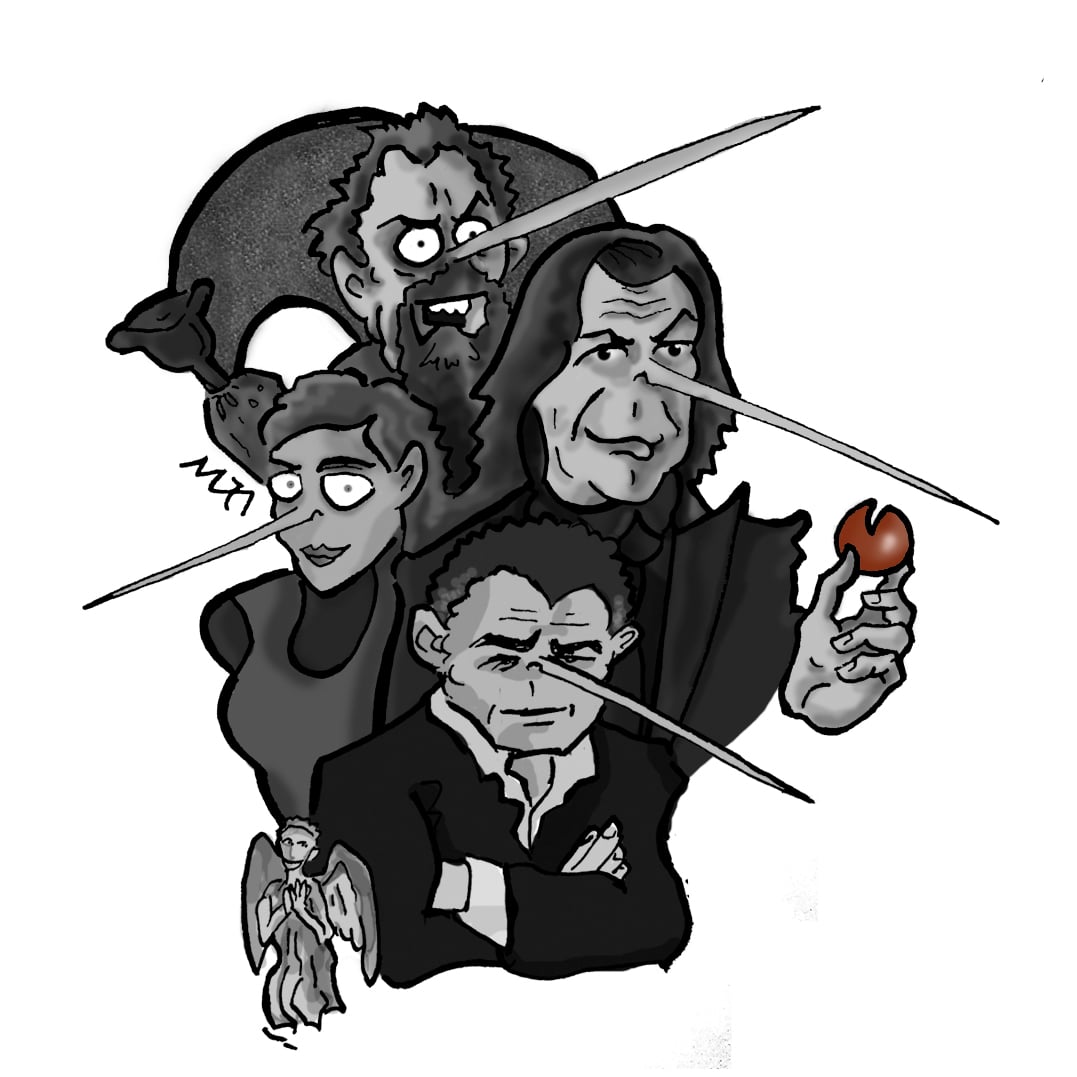
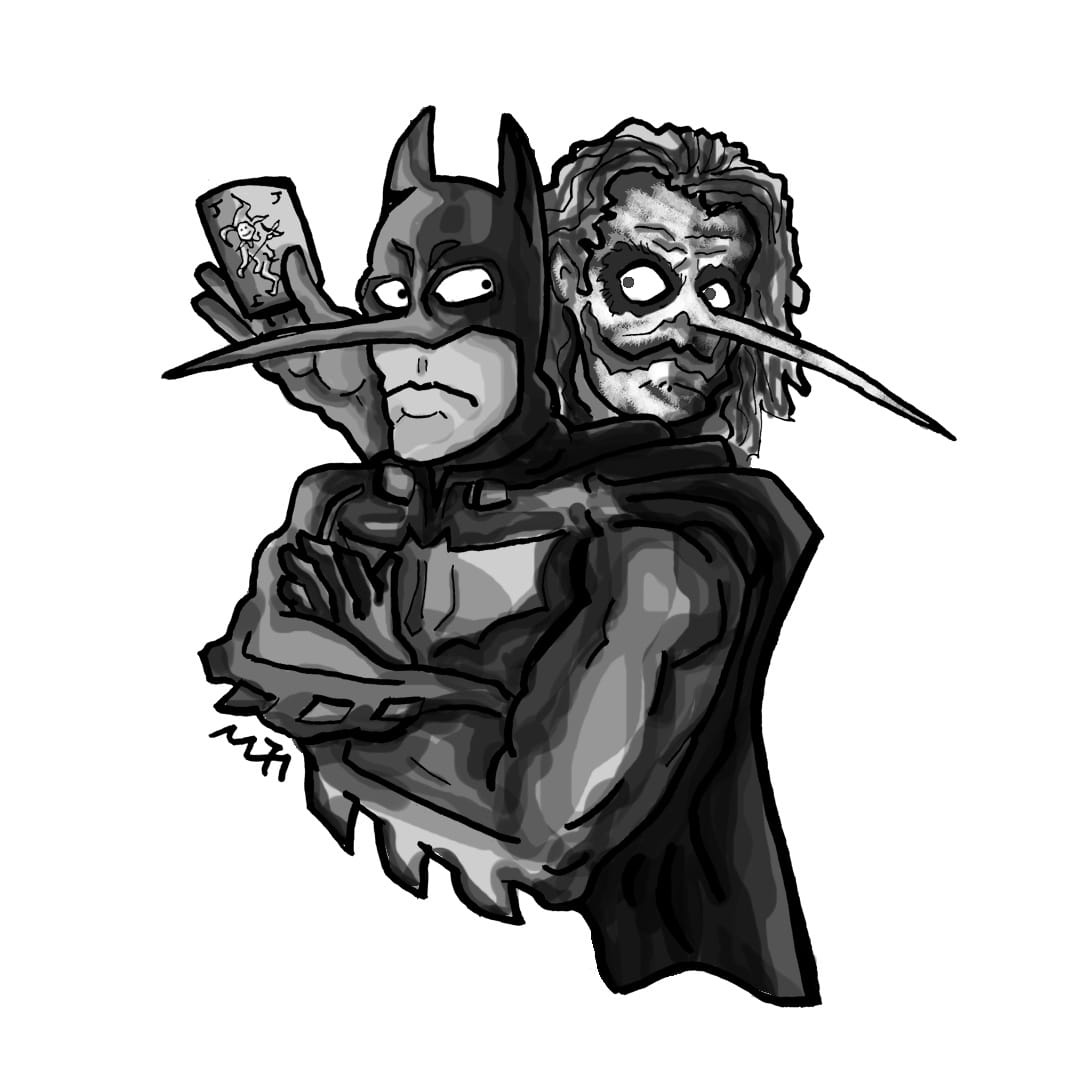
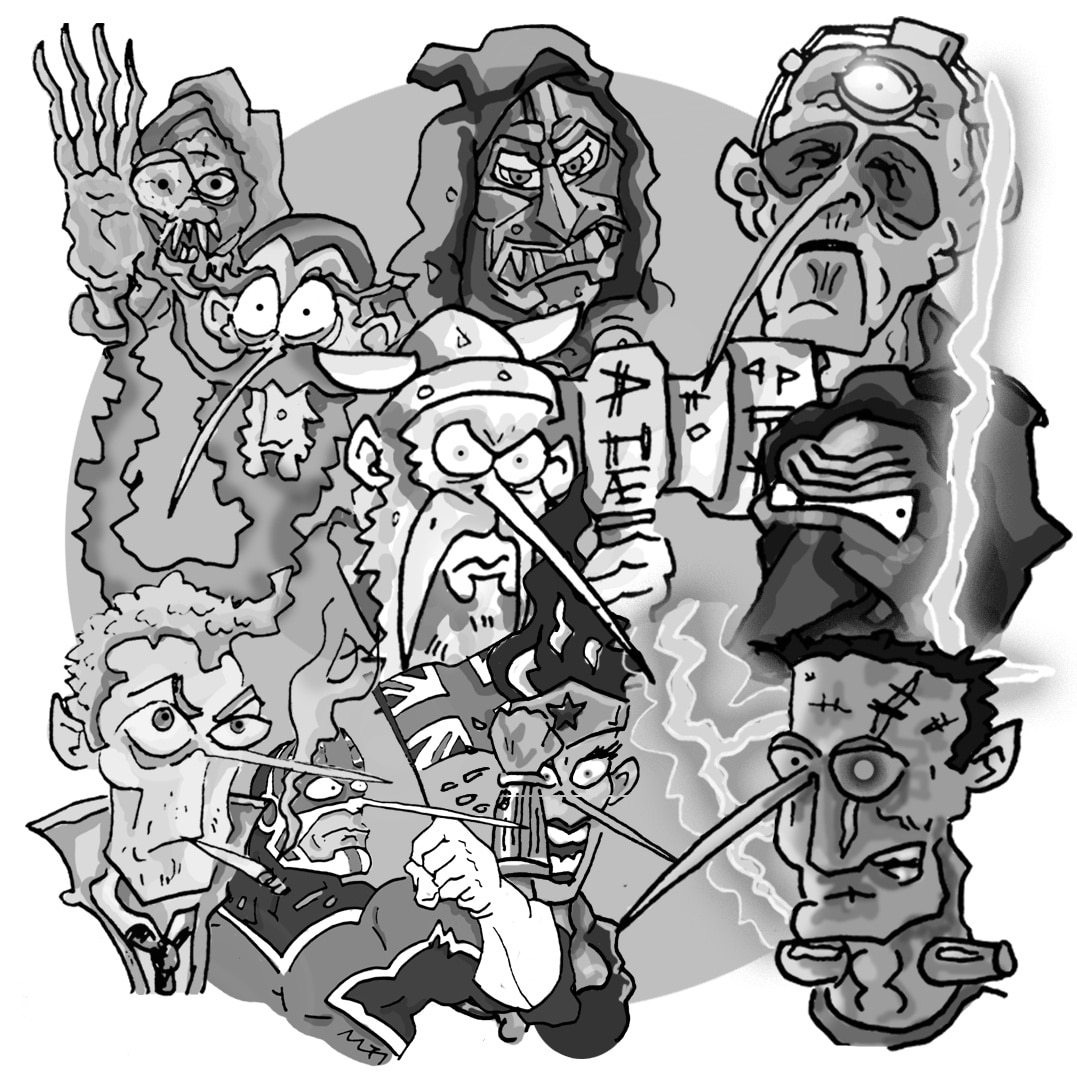

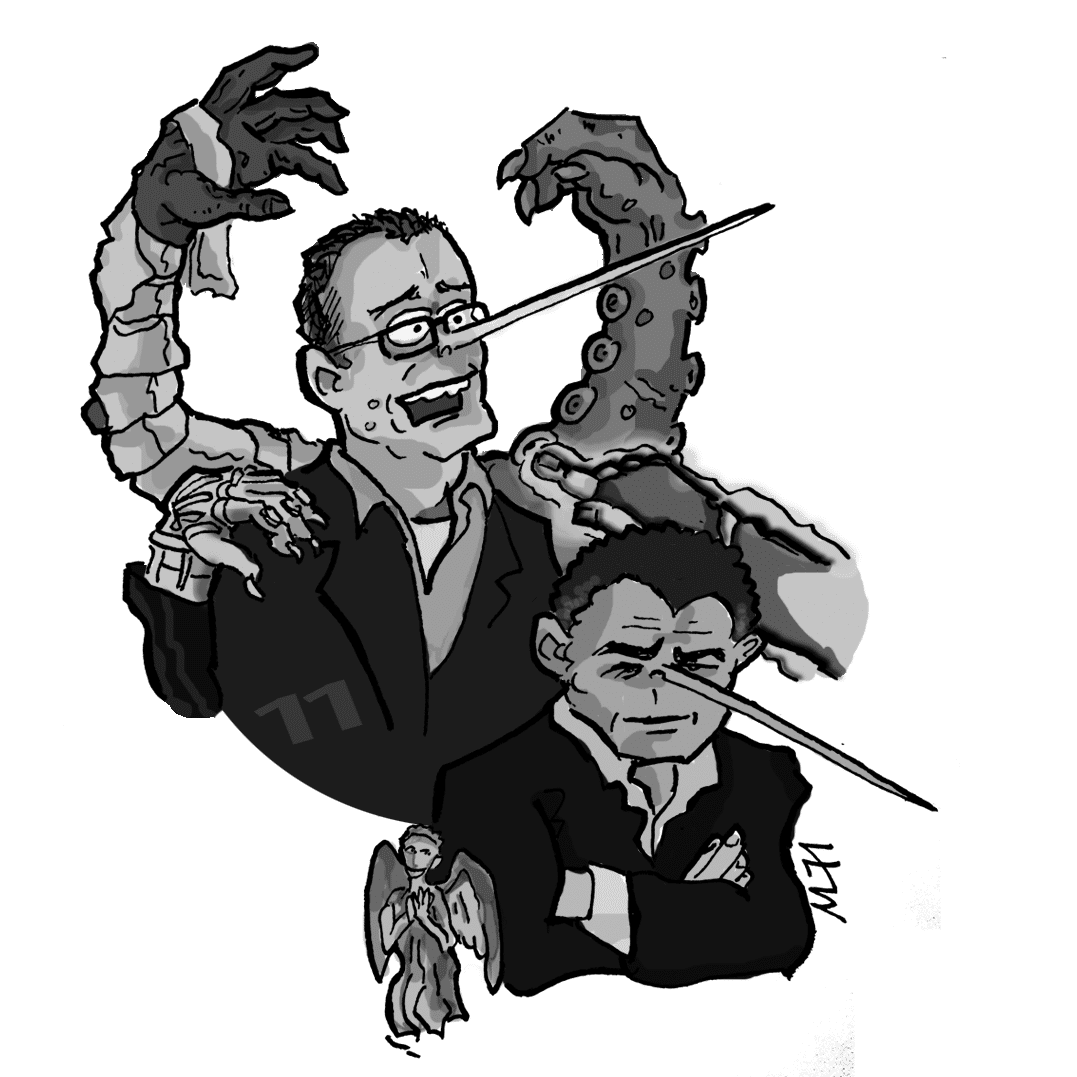
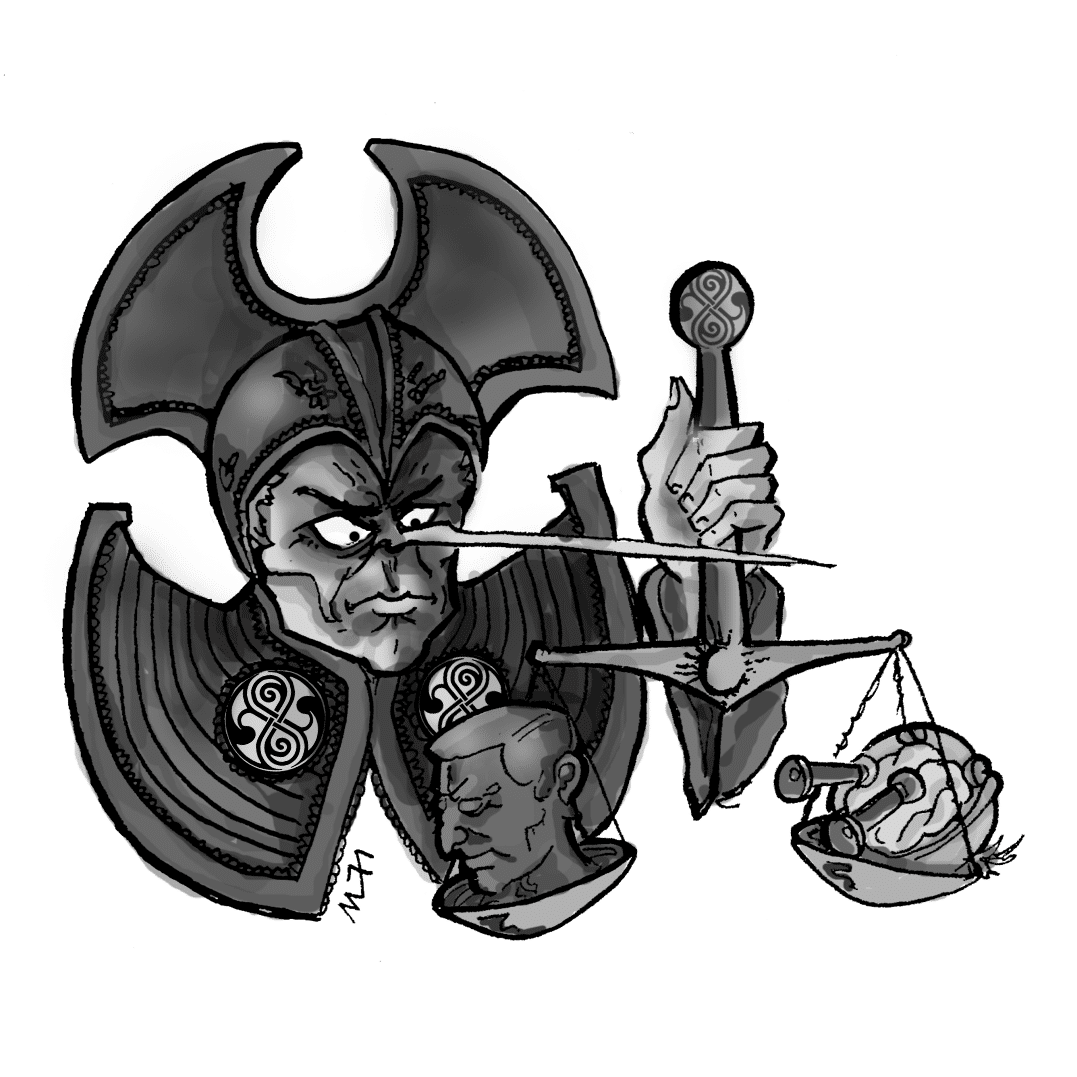
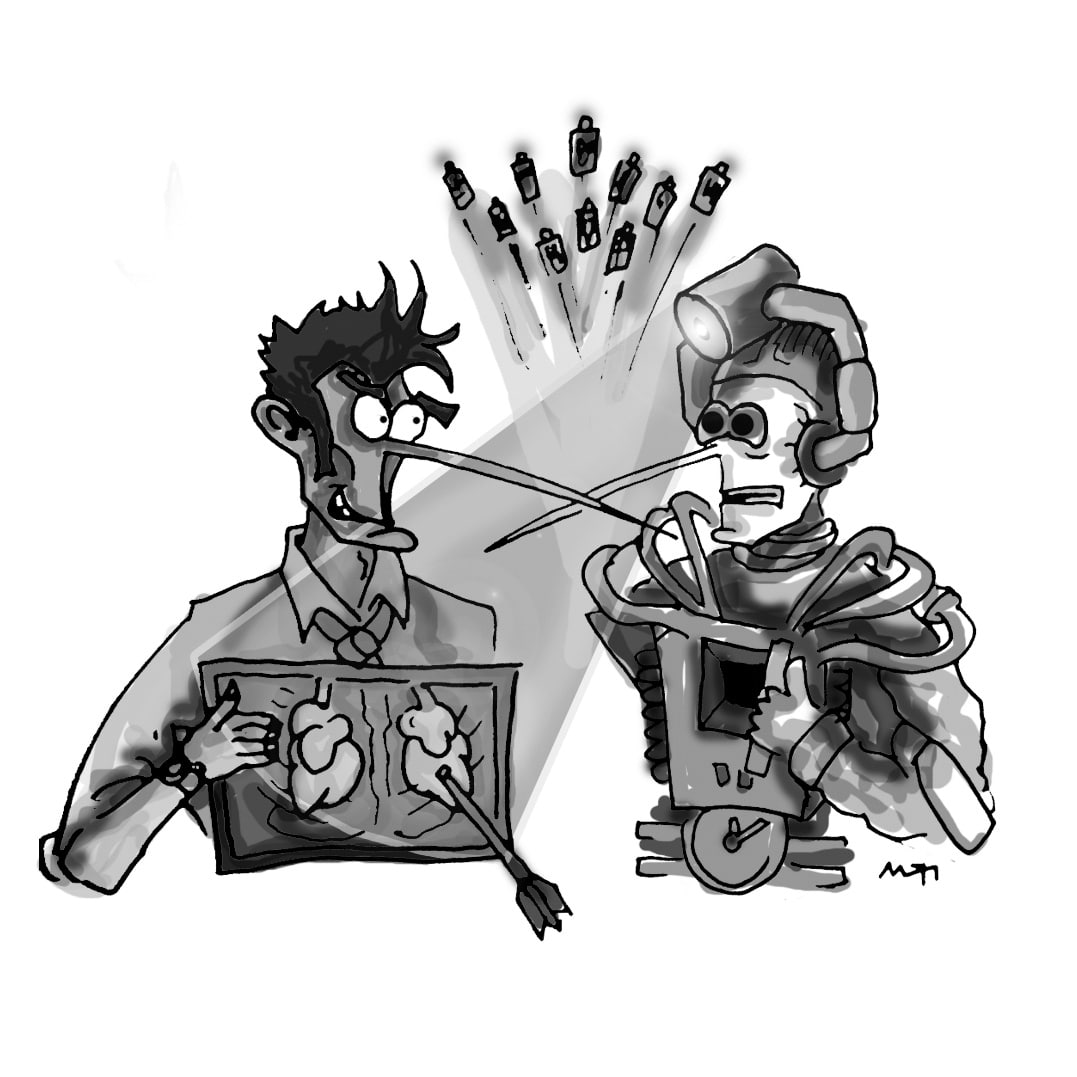
0 Comments